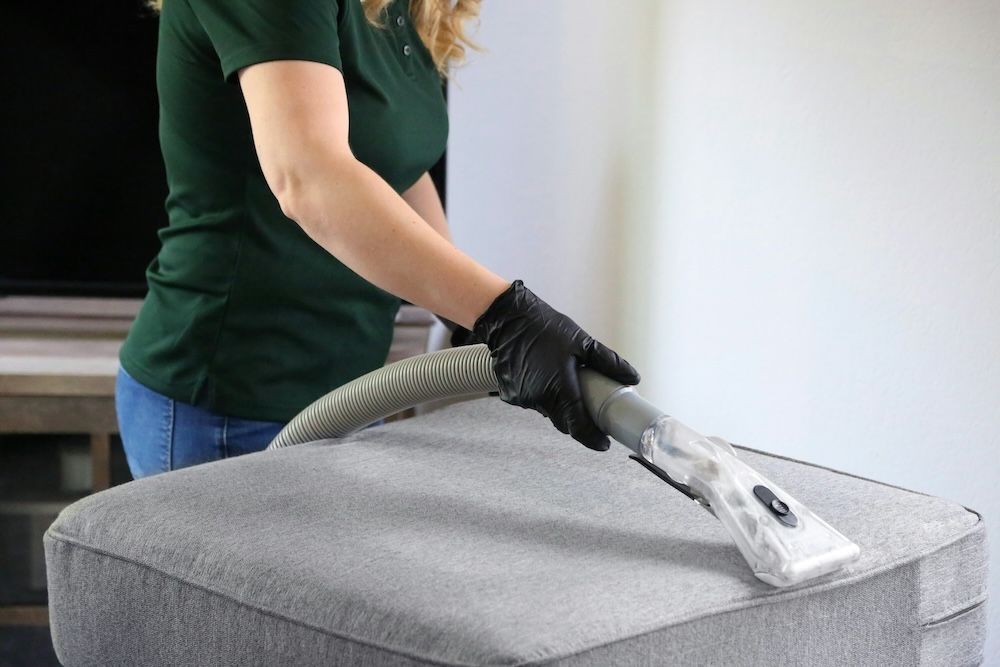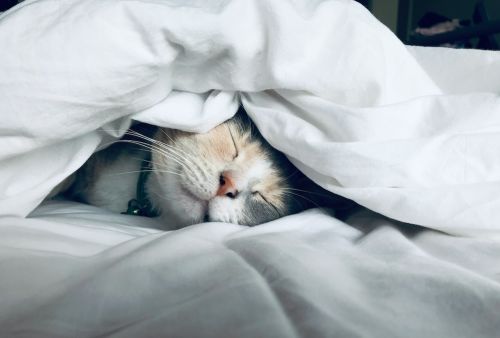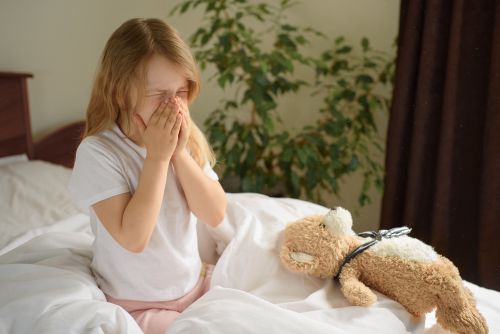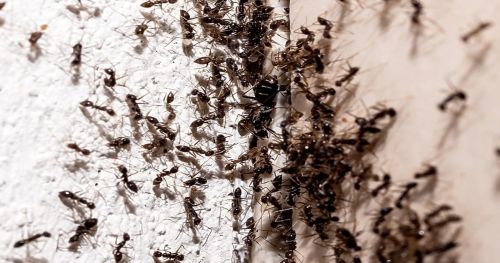You've Found a Flea - Now What? A Short Guide to Reclaiming Your Home

Fleas may be tiny, but they can cause huge problems. If you’ve ever suffered a flea infestation, you’ll know just how persistent these little critters can be. Whether they’ve hitched a ride inside on one of your pets or suddenly appeared for no apparent reason, it’s entirely natural to want to burn your house down or move out. But if you have found a flea (or five) try not to panic – there is a methodological and strategic way to reclaim your home without resorting to extreme measures.
Let’s get started with our short guide to reclaiming your home from fleas.
Where do fleas come from?
To tackle a flea infestation, it pays to know where they come from in the first place. Animals can pick up fleas when they are roaming around outside, particularly in long grasses. Fleas enjoy warm, humid places, and tend to live in trees and shrubs. Wild animals will likely have fleas living on them, so if your pet interacts with them it doesn’t take long for them to jump over and hitch a ride into your home. Cats love to hunt, but often this is a very easy way for a few fleas to infest your pet.
If you spend any length of time somewhere with a flea problem, the chances are you will get bitten and bring a few home with you. They could be lurking at the kennel, groomers, or even just the local park where your dog likes to roll around with his or her friends. Even items left outside when camping or exploring the great outdoors can transfer fleas back into your home, regardless of whether you have pets or not.

Treat your pets first
If you have pets, it’s important to treat them with anti-parasite medication regularly. Book an appointment with your vet if the one you are using doesn’t seem to be working, as they may need to prescribe a stronger medication. Fleas can become resistant to certain drugs, so you may need to switch to a different formula if your go-to isn’t as effective anymore.
Once you have found one flea on your pet, you can guarantee there will be plenty more. Comb them thoroughly with a fine-toothed comb and squash (yes, we know it’s disgusting) the fleas in turn as you find them. Flea shampoos could be a good option if your pet will tolerate a bath, but typically these won’t kill any of the bugs or their eggs, so you’ll still need to manually comb through their coat to remove the fleas.
Flea collars can sound like a good idea, but they are laced with poisonous chemicals that can be harmful to your pet. Not only is it dangerous for cats to wear collars in general, as they often squeeze through tight spaces and their collars can cause them to become stuck, but flea collars can cause burns to the skin and even neurological damage.

Deep clean the house
Fleas reproduce rapidly, with a single female laying up to 50 eggs each day, which can then lay dormant for a very long time before hatching. Deep cleaning, frequent hovering, and using insecticides is a three-pronged approach to tackling the infestation:
1. Cleaning
High temperatures destroy fleas at all stages of the life cycle. Wash all bedding, covers and pet beds on the highest setting your machine has and then put them in the tumble dryer. Meanwhile, use a steam cleaner to clean your carpets and soft furnishings.
2. Vacuuming
You need to vacuum all of your carpets, rugs and furniture thoroughly and regularly to get rid of fleas. Fleas and their eggs hide between the fibers of fabrics, so be sure to get into all of the seams and edges using a narrow nozzle attachment. Empty the collection bag or container outside to prevent re-infestation.
Flea eggs hatch when they sense vibrations – this is why there have been cases where people without pets have moved into a house that hasn’t been occupied for a while, and suddenly fleas start hatching. The vibrations from the vacuum will cause dormant eggs to hatch, so you’ll need to repeat the process daily until you’re all clear.
3. Insecticides
Using a household flea spray is a great way to kill fleas on contact. Spray it on your carpets and soft furnishings, paying particular attention to the edges of the skirting boards and the seams. Be sure to follow the instructions carefully and air the room well before allowing pets or children back in.
Diatomaceous earth is a natural powder that can work to kill fleas by dehydrating them and is perfect if you prefer natural remedies. Certain essential oils can also help repel fleas, such as lavender, peppermint and eucalyptus. You could mix them in a spray bottle with some water and spritz around your home to help avoid re-infestation.

Maintenance and prevention
It’s important to be patient in the fight against fleas, as their life cycle is complex and it can take anywhere from two weeks to a few months to break. Continue to vacuum regularly, keep up with monthly anti-parasitic treatments, and periodically check for fleas both on your pets and around your home. Reclaiming your home from these irritating pests can be tedious, but with persistence and the right approach, it is possible.
Once you have eradicated the flea infestation from your home, regular cleaning and spraying of a high-quality flea spray (alongside routine flea treatments for your pets) should keep them from returning.
Check more articles on our blog

You've Found a Flea - Now What? A Short Guide to Reclaiming Your Home

The Hidden Dangers of Dust Mites: Identification, Prevention, and Eradication

Tips On How To Get Rid Of Cloth Moths In Your Home
